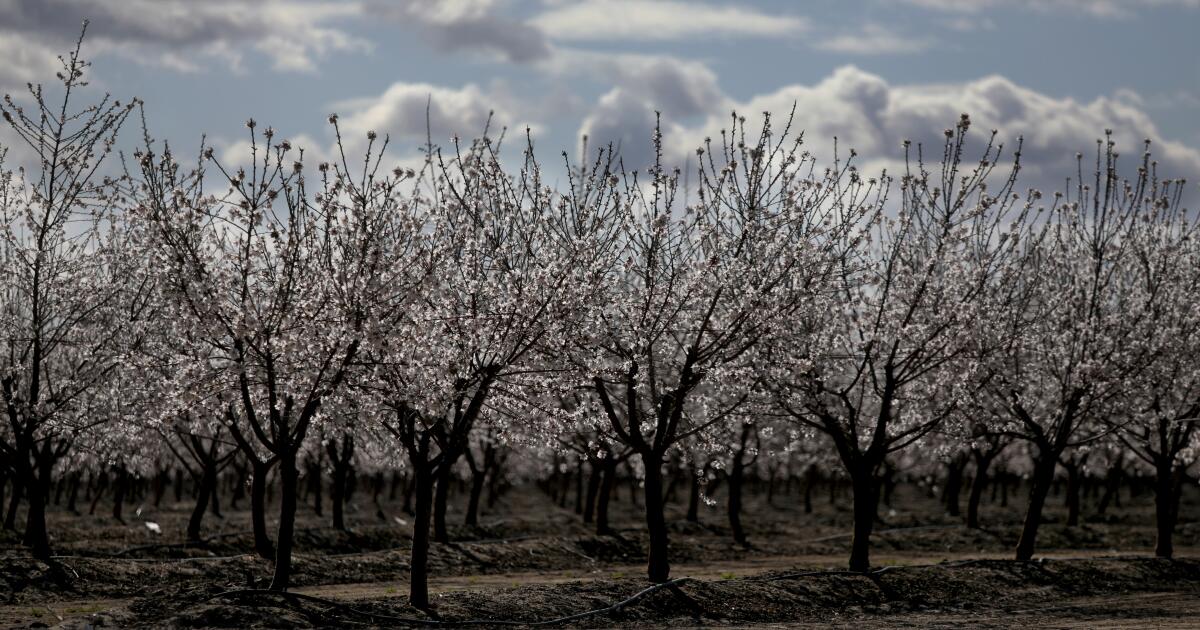Lake Tahoe is expected to fill for the first time in five years, thanks to recent unusually wet winters.
The lake was last filled in June 2019, but snowmelt should be enough to fill it this spring, according to a U.S. Department of Agriculture report released this month.
Once full, water stored in the lake typically provides enough supply for three years, even if future snowpack is below normal, according to the report, which analyzed water supply conditions in Nevada and a portion of the Eastern Sierra of California.
“The water year continues into September, but it's already a safe bet to score a win on this year's report card, especially for northern Nevada,” the report states.
The report noted that this winter's snowpack peaked above average due to heavy rainfall in January, February and March. And snowpacks were above normal in May, despite a dry April and areas of record melt.
Additionally, high soil moisture is expected to “help efficient runoff.” The report credits last year's late snowmelt, aided by Hurricane Hilary in mid-summer, for helping to start the 2024 water year well above normal.
“In summary, water year 2024 is on track to receive an A on its final report card,” the report states.
The difference between an A- and an A+, according to the report, could depend on the amount of spring precipitation the region receives.
A storm in early May added a good amount of precipitation, but after a dry April additional precipitation is needed, the report states.
The prized tourist destination has experienced its ups and downs. In years past, the lake's water level dropped so low (driven by climate change and drought) that water was no longer flowing into the Truckee River and salmon were not expected to spawn in a major tributary.
The water level is typically somewhere between the lake's natural edge, which is at 6,223 feet, and a dam on the upper Truckee River that is 6 feet higher, experts previously told The Times.
Lake Tahoe's water level always fluctuates. It is typically lowest in December and January and then rises in the spring as snowmelt descends from nearby mountains.












